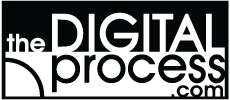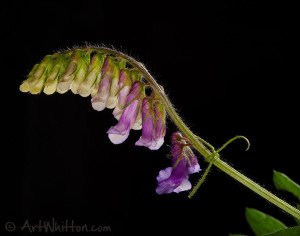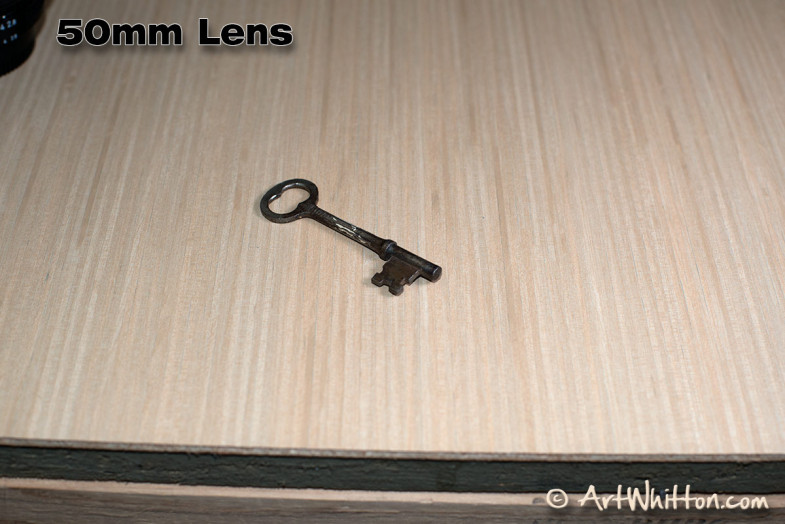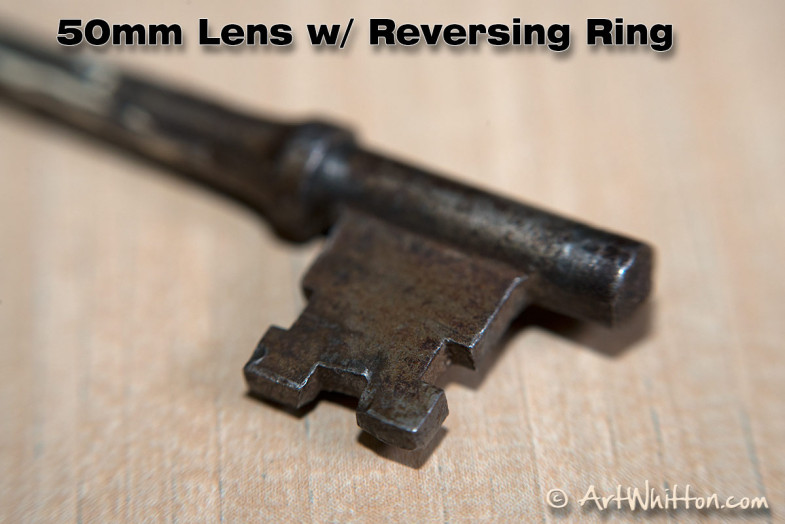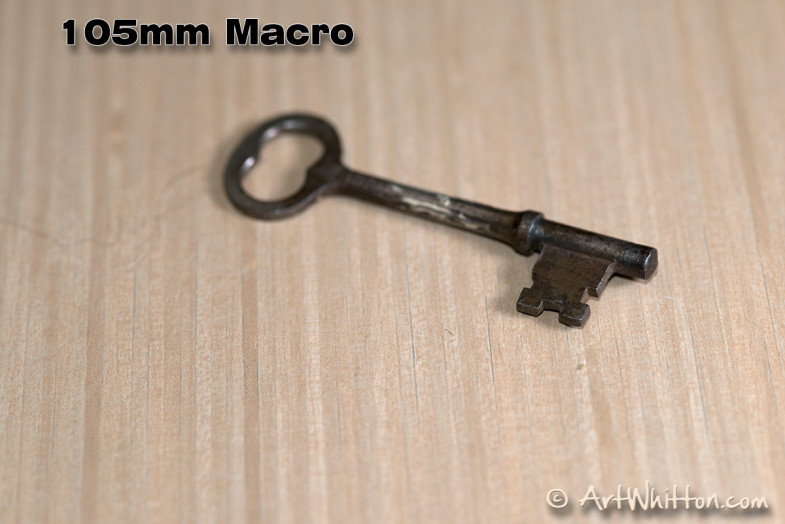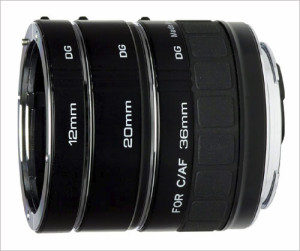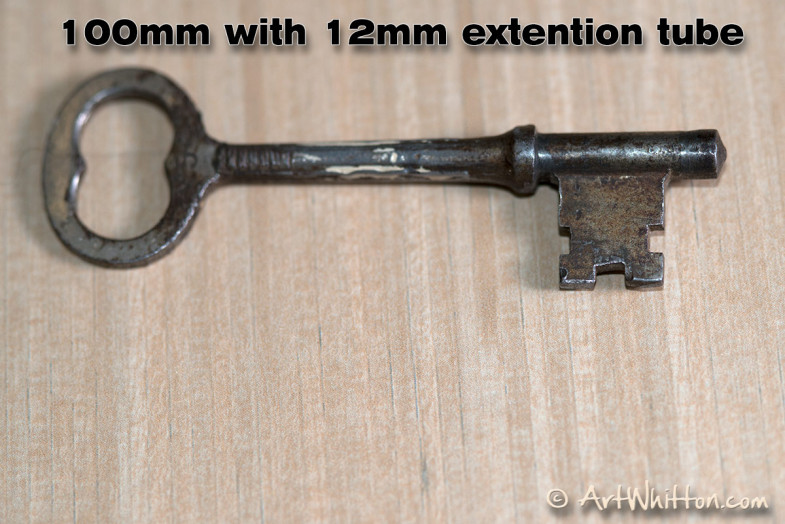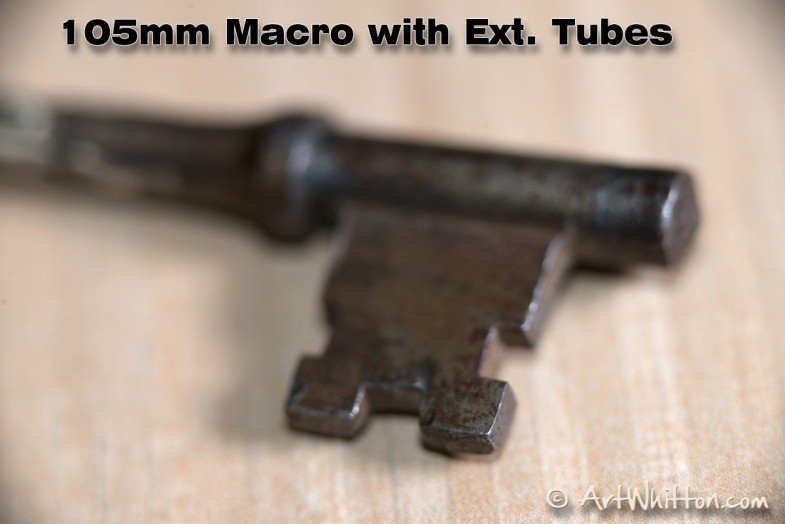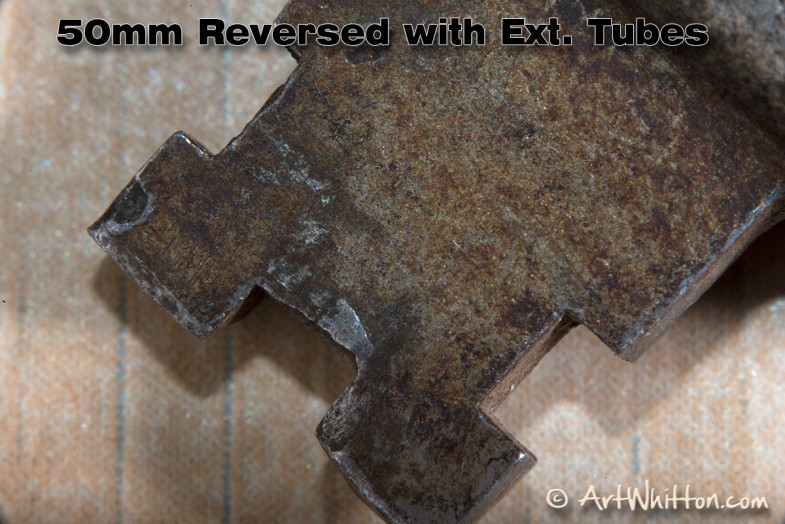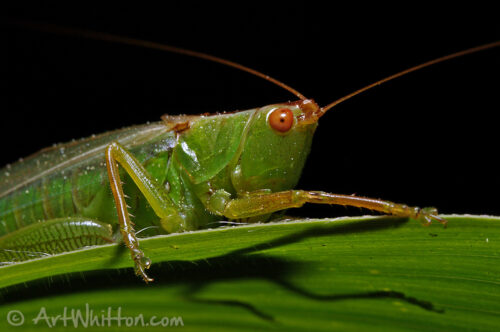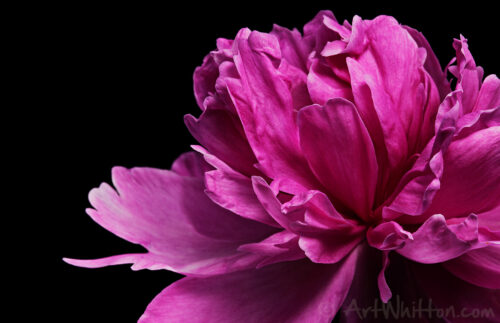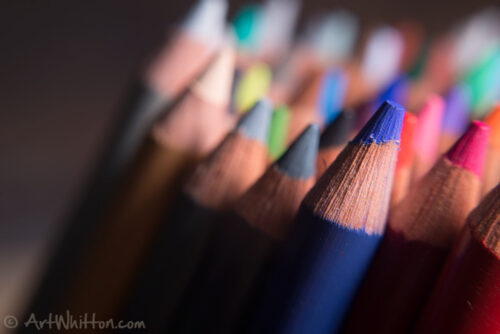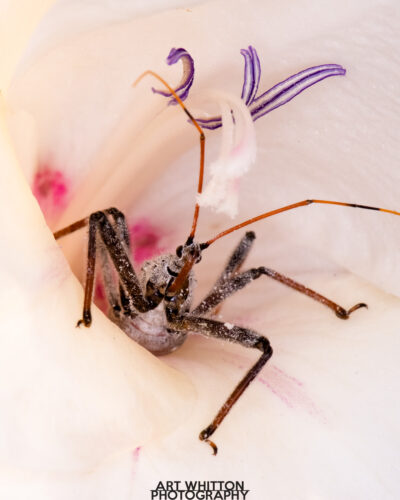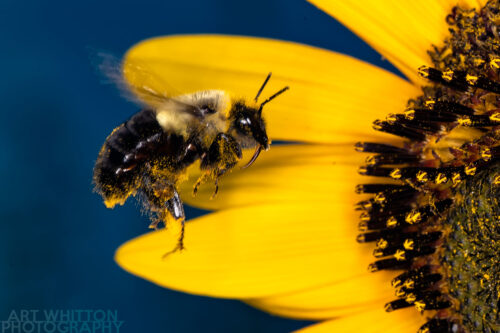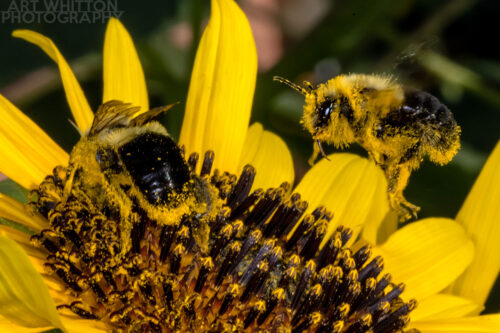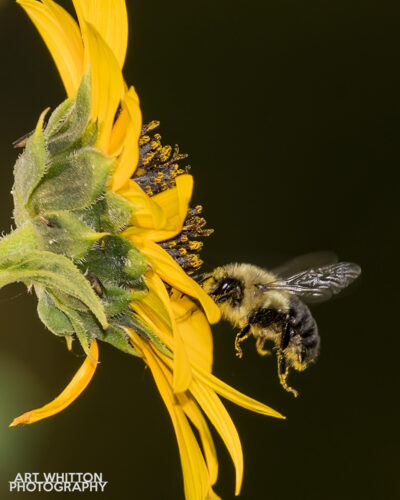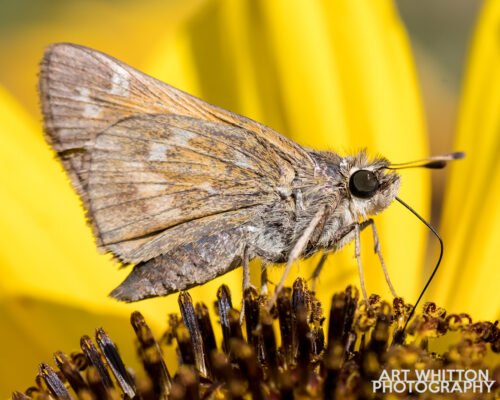A Short Guide to Macro Photography Equipment
Introduction
I’ve loved shooting macro photography (close-up photography) for years. Decades! It never gets old. There’s always something to see when you get in nice and close to your subject. Flowers, bugs and random household objects are all potential targets when you’re setting up for a macro shot. This post is just going to show some options when it comes to equipment and is not designed to be a tutorial in shooting macro photography (there’s whole books on that!). Like this one.
In general, macro photography is defined as photography that captures the subject at a 1:1 ratio. This means the object your photograph is the same size on the film/sensor as it is in real life. But in many cases, macro just refers to getting close to something and shooting it.
In this photo above, I shot a flower (purple vetch I believe) using 105mm macro lens.
This is a small flower – about an inch long, so to show any detail on it I needed to get up close and personal with it.
I used a Nikon D300, 105mm macro lens and lit the scene with a flash in my studio. A nice simple set up. The great thing about macro photography is that it isn’t expensive to get started with it (once you have your DSLR).
The first example that I’ll show is just using a standard 50mm lens to start as a reference. A 50mm lens is a great, affordable and usually high quality lens. Possibly the best bang for the buck when it comes to lenses. Here is a photo taken with an full frame camera and the 50mm lens focused as closely as possible. None of the images below are cropped.
Not very close and not very exciting. But there is one great advantage to having a 50mm lens when it comes to macro photography. You can turn it around and mount it backwards on your camera using a ‘reversing ring‘.
You can get them for any camera like Nikon or Canon. When buying a reversing ring, you need to know what lens you will be reversing as the ring screws into the filter thread of that lens (52mm for the Nikkor 50mm lens).
Nikon BR-2A 52mm Lens Reversing Ring
52mm Filter Thread Lens, Macro Reverse Ring for Canon
One disadvantage of working with a reversing ring is that you lose any electronic connection between your camera and your lens. That means that you will be manually exposing and focusing your shot. This isn’t really a big deal, though, as you’ll tend to do this with close-up work anyway. When you are shooting so close, focus becomes more critical and you will find that your autofocus doesn’t always focus on the area you want in focus. Exposure can be thrown off as you might have large dark areas that don’t get lit as much as your central subject.
Here is a shot of the same key using the same Nikon 50mm lens and the Br-2A reversing ring. Wow – what a difference.
Using a Macro Lens
The next option is to go with a true macro lens. There are a number of options out there, but I chose the Nikkor 105mm Macro Lens so that I could be a little further out from my subjects (like bugs). Other options range in the 50-60mm to 200mm lengths. Macro lenses are designed to give you a lot of focus range at close distances so you can fine tune your focus precisely.
Here’s the same key shot with the 105mm macro lens. It allows me to get closer still than the 50mm lens.
Using Extension Tubes
Now here is one of my favorite photo accessories: auto extension tubes. These come in a set of 3 tubes that you can use all together or individually depending upon how close you want to get.
These are fairly inexpensive (~ $130) and since they are just tubes and don’t have glass in them, you don’t have to worry about ‘lens quality’ or cheap glass. The other awesome thing they do is pass all of the electronic information through from the lens to the body and back again giving you full automatic exposure and metering. Plus you can use them with a variety of lens, unlike the reversing ring which is limited by filter thread size. I’ve used the Kenko tube set for several years and have been really happy with them.
Kenko Extension Tube Set Nikon
Kenko Extension Tube Set – Canon
Here’s an example of the 100mm lens with the smallest 12mm extension tube added:
And then next example shows the 100mm lens with all 3 tubes added:
Now comes the fun part. You can combine your extension tubes with the reversing ring and get really, really close. Here’s a final example that shows the 50mm lens reversed on the 3 extension tubes:
Oh yeah! Now we’re talking!
Summary
Once you start thinking about Macro Photography, you’ll have a new world of photo subjects open up to you. You’ll start looking at things a little closer, and wonder about the various ways you can shoot them. As you can imagine, Macro work brings its own challenges, but as long as you stay patient and remember your basics of exposure and composition, it will all tie in together.
If you’re new to this type of photography, start in the studio with items that don’t move. As you get more comfortable with technique and lighting, step outside and look for the many bugs in your yard.
Here are few of my macro photography shots taken with a variety of equipment:
